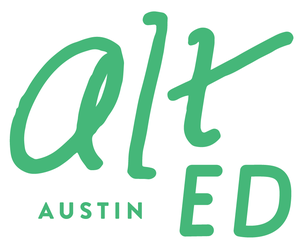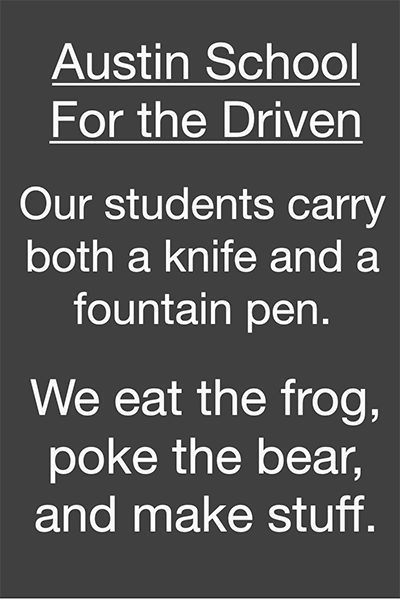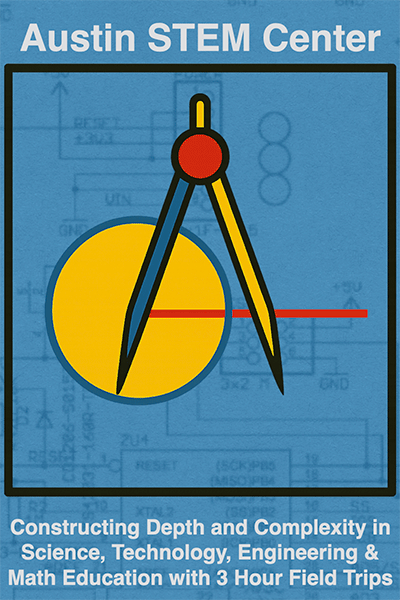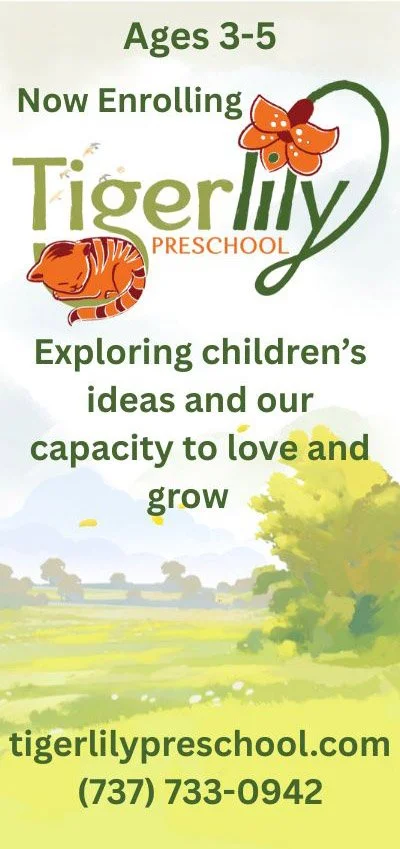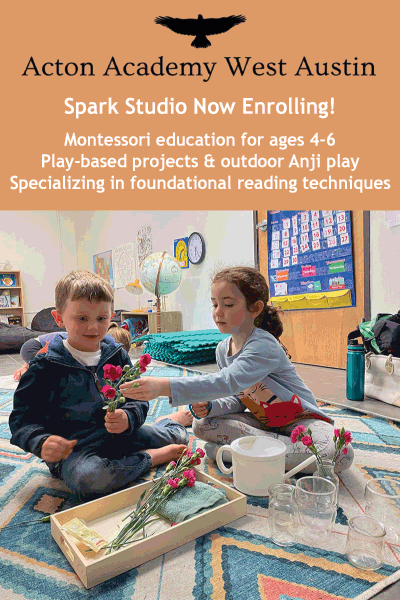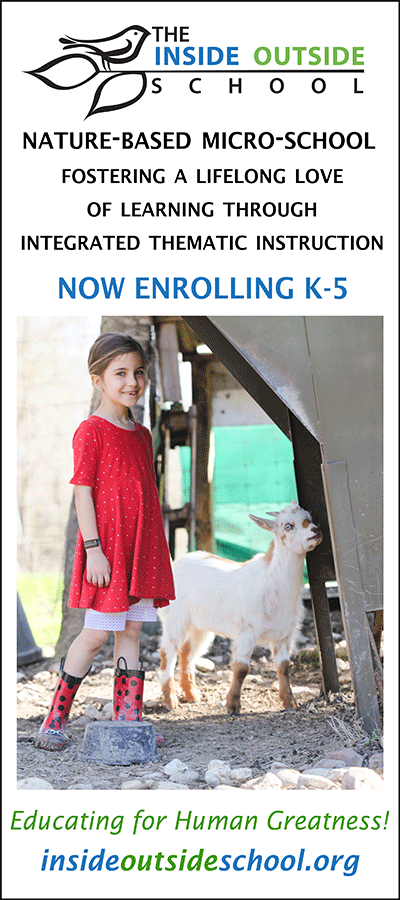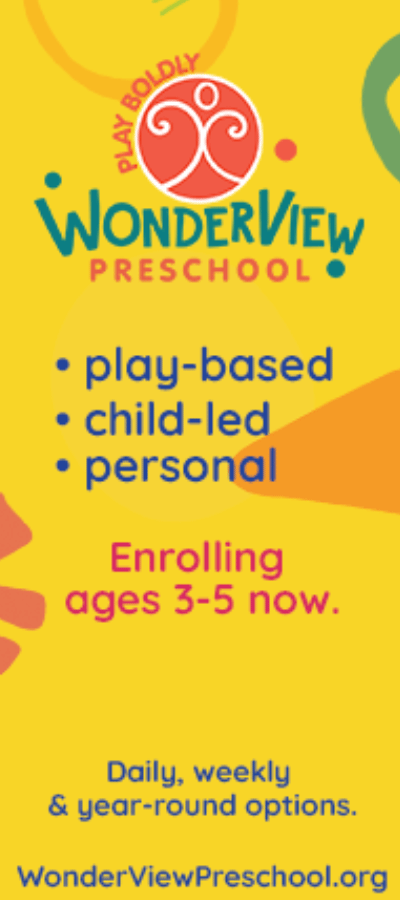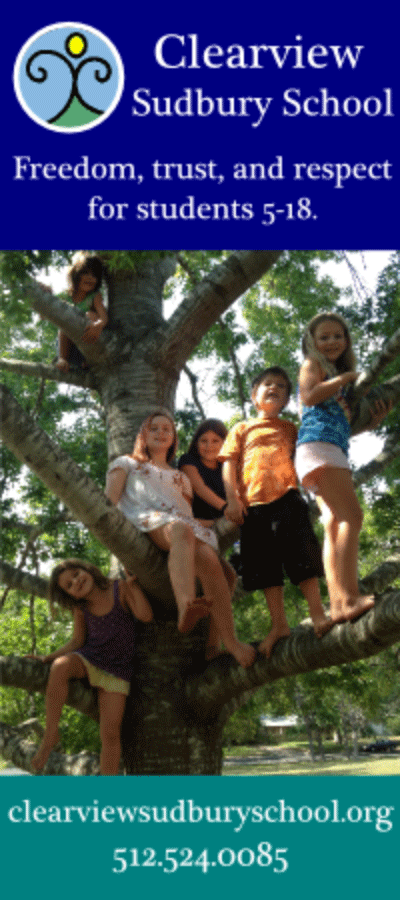Lifelong outcomes and micro schools
/There’s an exciting new middle school starting up in Austin, and our friends at Tiny Schools are here to explain the rationale behind the micro school model. You can follow Tiny Schools on Twitter and learn more on their website.
The World Economic Forum recently published its list of the skills every 21st century student needs. A few years ago, Tony Wagner published his Seven Survival Skills for the 21st century. I could go on . . .
Plenty of people have thrown in their submission to the “what do kids need to know?” sweepstakes. Or, calling it what it is, “what do we teach kids when the nature of jobs and the value of knowledge seem to change every few days?” And we aren’t wrong to wonder—the turmoil in both higher ed and the job market has a lot of people scratching their heads. But I’d like to consider that the list of what we should teach kids has never changed.
Let’s compare Wagner’s list with that of the World Economic Forum:
Wagner
- Critical Thinking and problem solving
- Collaboration
- Agility and adaptability
- Initiative and entrepreneurship
- Accessing and analyzing Information
- Effective oral and written communication
- Curiosity and imagination
World Economic Forum
- Complex problem solving
- Critical thinking
- Creativity
- Communication
- Collaboration
- Curiosity
- Initiative
- Persistence/Grit
- Leadership
- Adaptability
- Social and cultural awareness
Roughly 17 of these 18 skills listed overlap. The only non-overlapping skill is “social and cultural awareness.” However, I have a hard time believing that Wagner wouldn’t accept that skill as important. And it isn’t just these two lists that emphasize these skills or some variation on them. All the traits in the lists above basically capture the ethos of liberal arts education, not to mention that they show up in the story of just about every individual who has done something remarkable.
And we’ve always known the essential worth of these skills, usually through the lives of exceptional people. I bet we could cross-examine each skill, weigh it against monumental changes in technology and labor markets, and we’d arrive at what we already know: all these skills transcend time and place. People with some combination of these skills often rise above circumstances to lead extraordinary lives. The right question to ask may be: have people acquired these skills in spite of school?
In education we know the hard part isn’t the what, it’s the how.
The issue is that the educational system necessary to properly teach these skills doesn’t exist. The shortsighted, large-scale, factory-like system we use today won’t start manufacturing the answer out of nowhere. We need disruption. And to that end, methods like personalized learning, mixed-age classrooms, and Socratic dialogue all show promise. But if we want to make the right changes in education, we must encourage driven educators to launch new education programs quickly, and with as few administrative snags as possible. This idea is our lodestar at Tiny Schools.
The micro school concept offers a solution in which the focus is on great programs and great teachers. And this concept has taught us two important lessons about school change in today’s world:
First, you must start in the right place: good classrooms. If you have a great teacher who engages students, you have a working model. Great teaching occurs when teachers are unencumbered with the layers of management and minutiae that seems to permeate all schools. So hire great teachers and facilitate their ability to work independently in the classroom.
Second, throw out the bathwater. We’ve learned that it is quite hard to re-engineer an existing school from the inside (there are numerous examples of school leaders providing vision and funds to experiment; none “worked”). Toss out the legacy facets of schools and literally start with a basic premise: we’re going to build an environment that permits students to take risks with their learning. That means that young people will feel comfortable failing because they know it is part of the learning process and failure won’t mean the student is no longer favored. To borrow a phrase: fail fast and often.
If the challenge is to place great teachers in a position to be successful, then we believe the tiny or micro is the solution. Like a great cup of coffee, there isn’t a lot of mystery in education. Professionals that love what they do—and a milieu that nurtures that passion—will produce a successful setting for learning. Simple ingredients, a professional, and some “space” for them to work. Start there.
Tiny Schools
